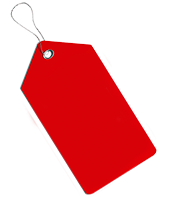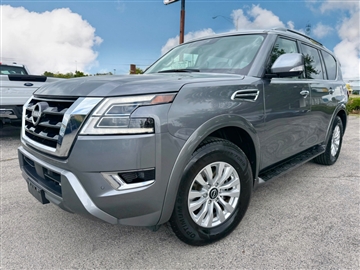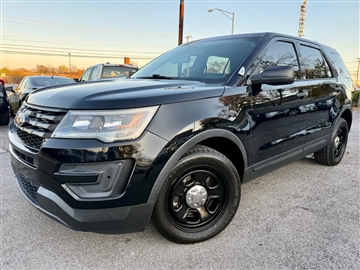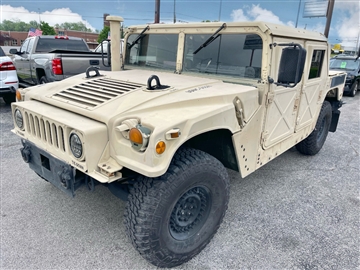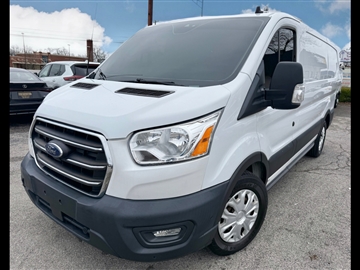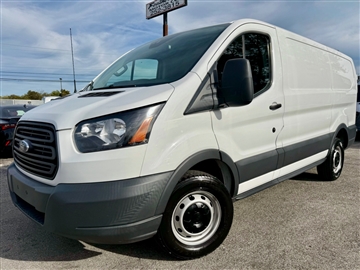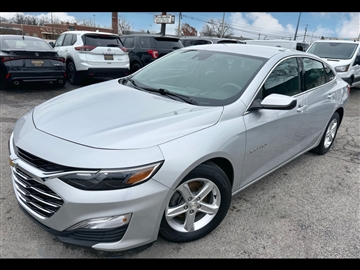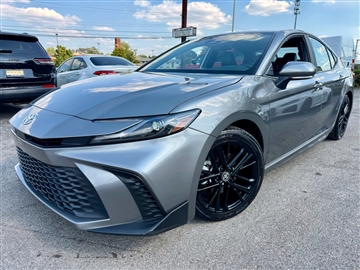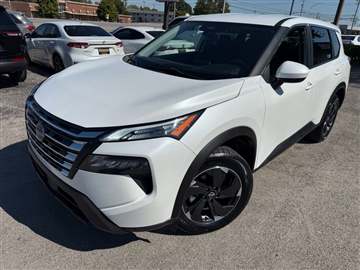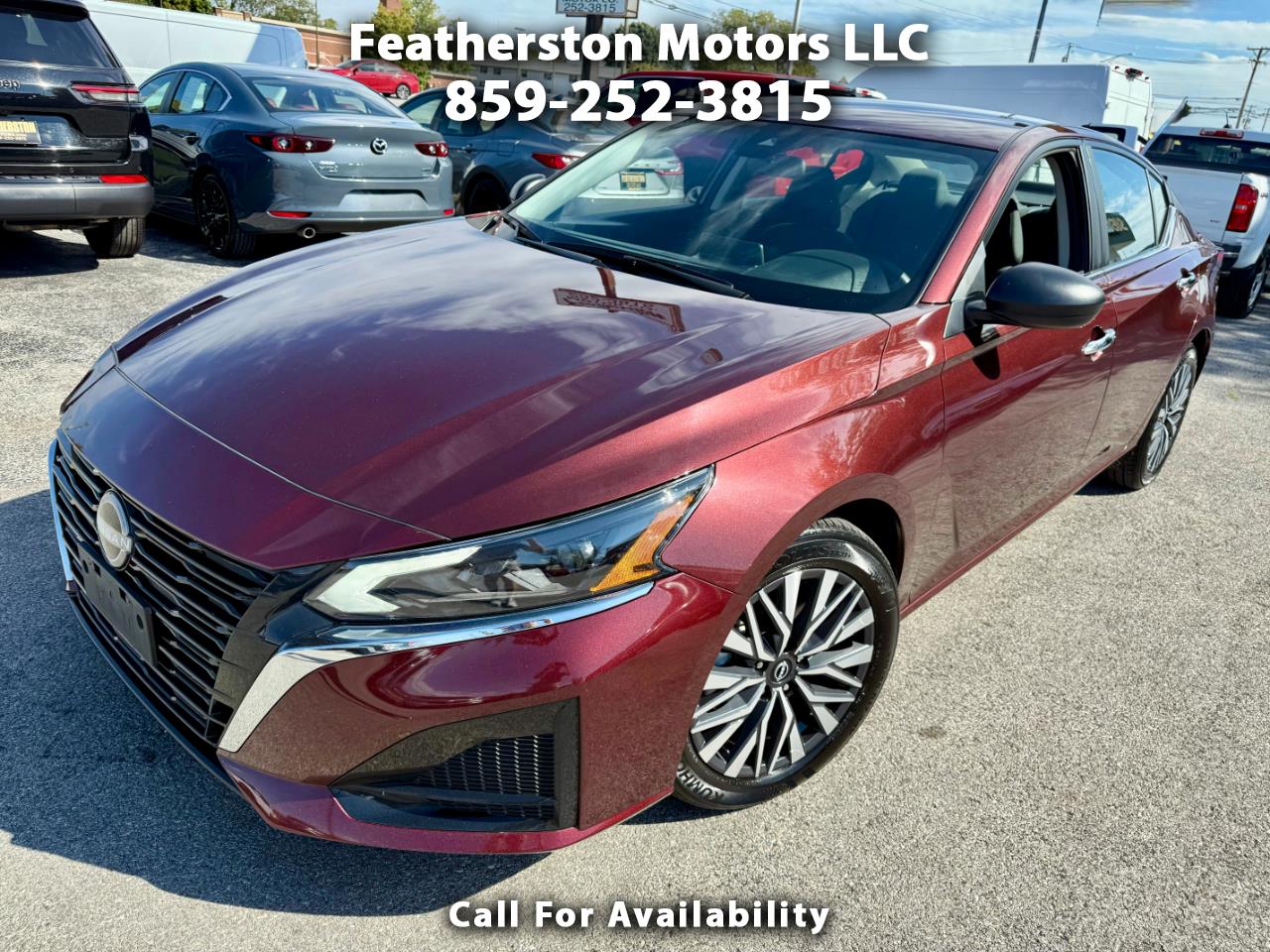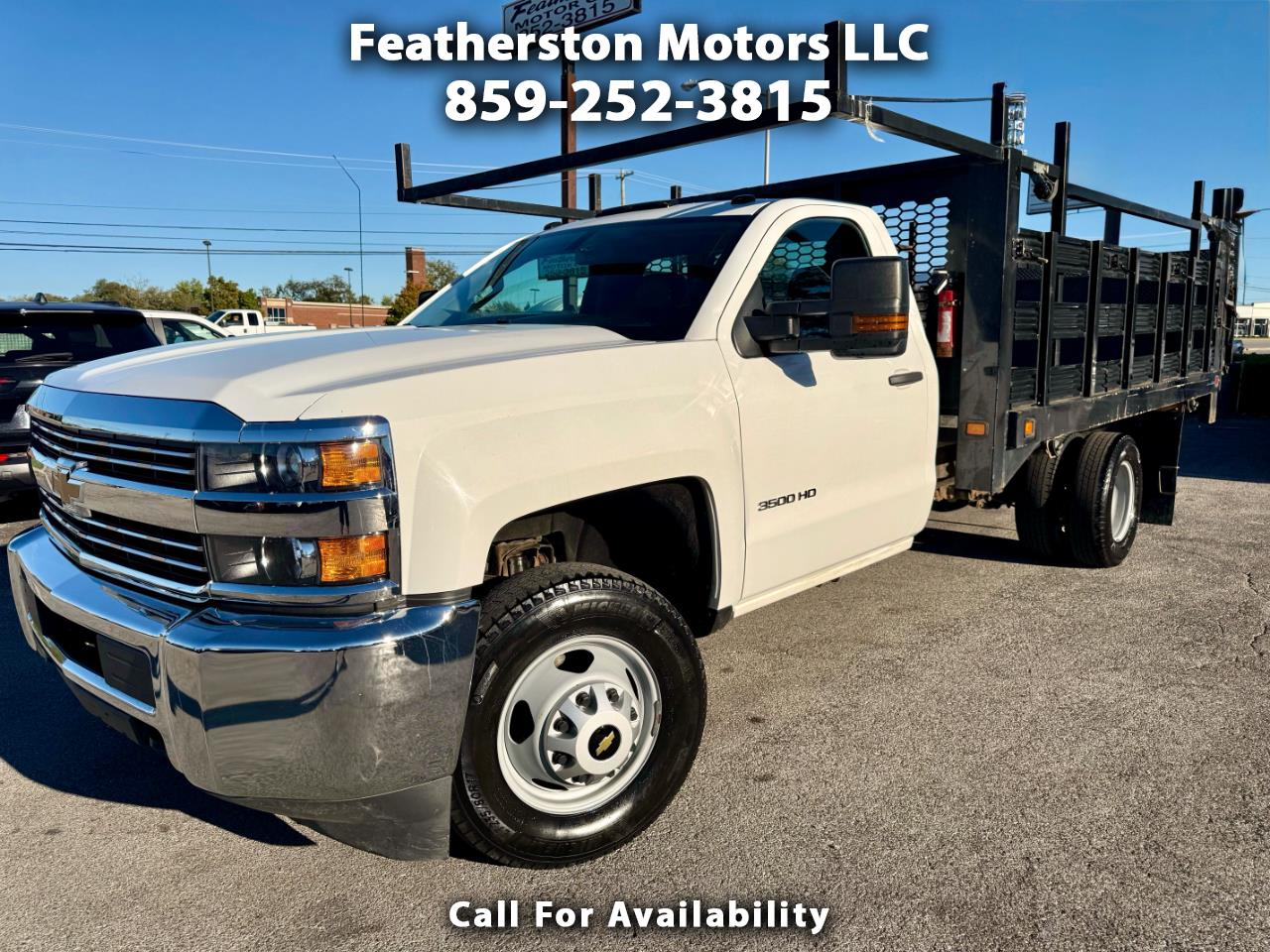The Lost Art Of Parallel Parking?
Remember gripping the steering wheel with sweaty palms during your driver’s test, trying to pull off the perfect parallel park? You weren’t alone — it’s been one of the most dreaded parts of the test for decades. And now, with so many cars that can park themselves, you might be thinking: do I even need to know how to do that anymore?
Fair question. But here’s the truth: even in a world of smart sensors and auto-assist features, knowing how to parallel park is still a skill that matters — a lot.
Why We Still Care About Parallel Parking
Let’s start with the basics. Parallel parking is more than just a rite of passage — it’s something you’ll probably have to do eventually, especially if you drive in cities, visit older neighborhoods, or ever need to squeeze into a street spot during a big event. Not every space will be wide open. And not every car — or situation — will support auto-park technology.
Also, let’s not forget the legal stuff. In many states, if you park more than 12 inches from the curb, you can actually get a ticket. Minnesota, for example, enforces this rule pretty strictly. Even with a valid handicapped placard, drivers have been cited for parking just a few inches too far from the curb. It’s not just about looks — it’s about safety and traffic flow.
A Quick Look Back: Where Parallel Parking Came From
Parallel parking became a thing back in the 1920s and 30s, as more people started driving and cities needed ways to organize curb space. It was way more efficient than angled parking, especially on narrow streets. By the mid-1900s, it was baked into driver’s tests across the country.
Fast forward to today, and parking tech has changed the game. Sensors, backup cameras, and full-on automatic parking systems are now available in everything from compact cars to luxury SUVs. But even with all that, the skill hasn’t disappeared completely — and it’s still being taught (and tested) in many states.
What If Your Car Could Park Itself?
Here’s where it gets cool. Lots of cars — both new and used — now offer some form of automatic or assisted parking. That means the car does most (or all) of the work, and you get a stress-free parking experience, even in tight spots.
New Cars with Self-Parking Features (2024–2025)
Make | Model | Parking Feature |
|---|
Ford | Escape, F-150, Explorer | Active Park Assist 2.0 |
Toyota | Prius, RAV4 | Advanced Park |
Hyundai | Sonata, IONIQ 5 | Remote Smart Parking Assist |
Tesla | Model 3, Y, S, X | Autopark (with FSD) |
BMW | 5 Series, X5 | Parking Assistant Plus |
Mercedes-Benz | E-Class, S-Class | Active Parking Assist |
Used Cars with Parallel Parking Tech (2015–2023)
If you’re shopping for a pre-owned ride, good news — this feature has been around for a while. Here are just a few options that may include it (depending on trim level):
Make | Model | Years | Feature Name |
|---|
Ford | Fusion, Escape, Explorer | 2015–2022 | Active Park Assist |
Lincoln | MKZ, MKC, Continental | 2016–2020 | Enhanced Park Assist |
Volkswagen | Golf, Passat, Tiguan | 2015–2021 | Park Assist |
BMW | 5 Series, 7 Series, X5 | 2016–2023 | Parking Assistant |
Mercedes-Benz | C-Class, E-Class, GLE | 2015–2023 | Active Parking Assist |
Chevrolet | Malibu, Equinox, Tahoe | 2016–2022 | Automatic Parking Assist |
Cadillac | CTS, XT5, CT6 | 2015–2021 | Automatic Parking Assist |
Toyota | Prius, Avalon, RAV4 | 2016–2022 | Intelligent Parking Assist |
Lexus | LS, RX, NX | 2015–2022 | Advanced Parking Guidance System |
Volvo | S90, XC60, XC90 | 2017–2023 | Park Assist Pilot |
Note: These features are typically available on higher trim levels or as part of optional packages. Always check the vehicle’s specific equipment list.
Just Like Learning to Ride a Bike
Parallel parking might not be something you do every day — especially if your car can do it for you — but it's still a skill worth having in your back pocket. Like learning to ride a bike, it might take practice at first, but once you've got it, it sticks.
You may go months without needing it. Then suddenly you're downtown, traffic’s heavy, and the only open space is a tight one between two cars. That’s when the muscle memory kicks in — and you’re glad you learned it the old-school way.
Master it once, and it’ll stick with you for life — whether your next car parks itself or not.
.














